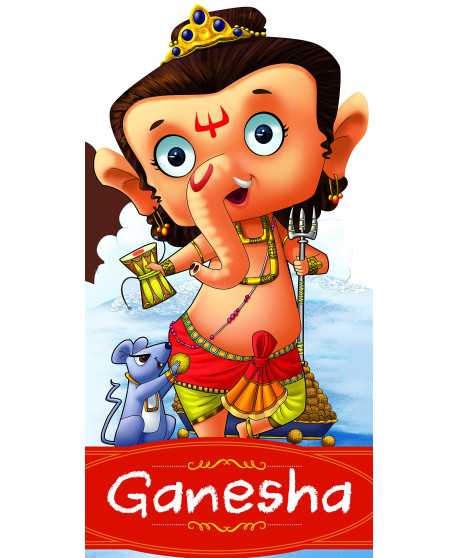





Reference: 978-9382607212
Drawing Narad Muni gifts a magical mango to Lord Shiva and goddess Parvati. Both Ganesha and his brother Kartikeya want to eat it! They place a bet to decide who gets to eat the mango. Guess who wins and how?.
Drawing Narad Muni gifts a magical mango to Lord Shiva and goddess Parvati. Both Ganesha and his brother Kartikeya want to eat it! They place a bet to decide who gets to eat the mango. Guess who wins and how?.